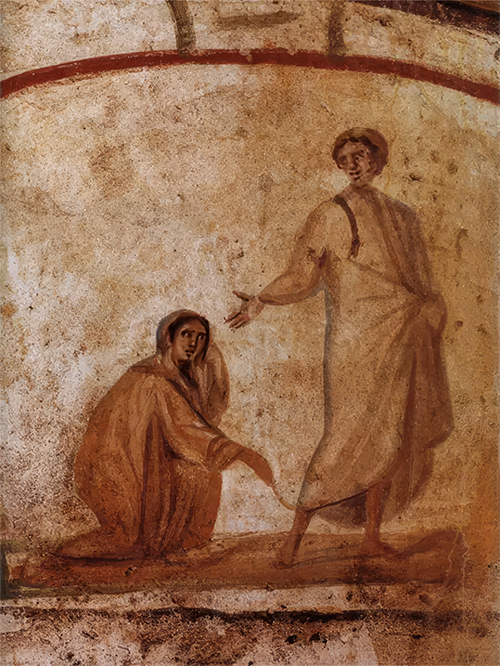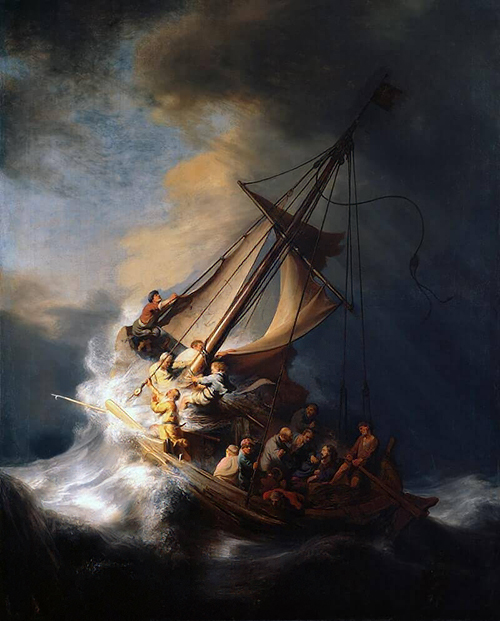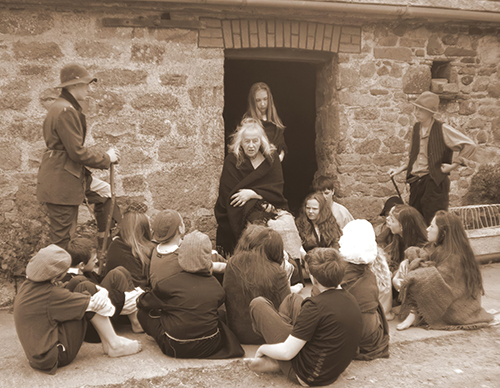We receive so much touch when we are babies and so little when we are adults.
Still, in friendship touch often gives more life than words.
A friend’s hand stroking our back, a friend’s arms resting on our shoulder, a friend’s fingers wiping our tears away, a friend’s lips kissing our forehead — these are true consolation.
These moments of touch are truly sacred. They restore, they reconcile, they reassure, they forgive, they heal.
The Covid pandemic still holds us our persons in its grips.
Individuals are cautious around each other. The once ready hand extended in welcome and/or friendship is now restrained.
The immediate and exuberant hug is now reserved.
Where I go and who I go with is measured.
Everyone who touched Jesus and everyone whom Jesus touched were healed. God’s love and power went out from him (see Luke 6:19).

This Sunday’s Gospel celebrates the sacred story of touch, (Mk.5: 21- 43)
The touch belongs to Jesus; however, it belongs equally to the other.
The daughter of Jairus receives the hand of Jesus.” He took her by the hand and said to her, “Talitha kum,” (v. 41)
Healing happens.
The woman haemorrhaging seeks the hem of the clothes of Jesus.” She said, “If I but touch his clothes, I will be made well.” (v.28)
Healing happens.
When a friend touches us with free, non-possessive love, it is God’s incarnate love that touches us and God’s power that heals us.
Healing happens.
Touch, yes, touch, speaks the wordless words of love.



